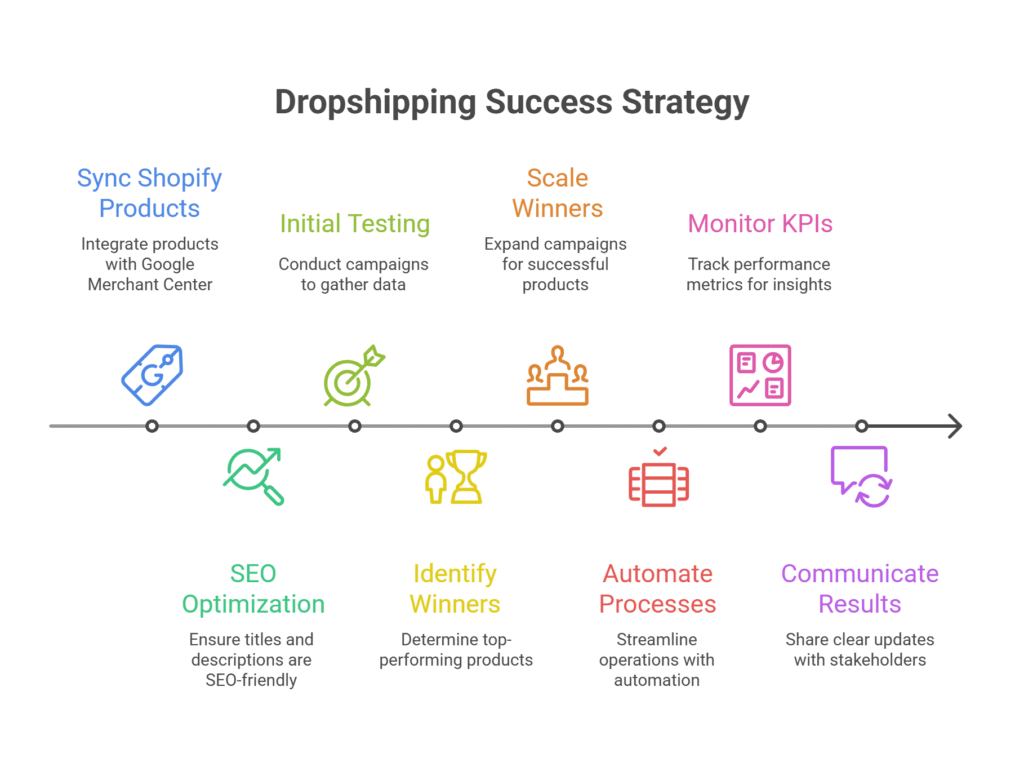Imagine turning a €71.3K Google Ads spend into over €217K in revenue in just weeks—yes, really. We achieved that with this home décor dropshipping store.
Our approach is like a detailed blueprint for a skyscraper. It tracked every conversion and every campaign step by step. In this post, you’ll learn exactly how we set it up, scaled it, and turned sheets and wall art into real profit. Let’s jump in.
The €217K Case Study in Numbers
We started with 100 SEO-optimized products. We spent €71.3K on Google Ads. This effort led to over 1,600+ conversions. Our total revenue reached over €217K, achieving a 3× ROAS. On Shopify, we had over 2,000 orders and sales exceeding €250K. The average order value was about €133, according to our dashboards. That delivered well over a 25% profit margin from day one.
1.1 The Strategy Breakdown That Made It Work
Curious why it clicked so fast? We began by syncing Shopify products with Google Merchant Center. We made sure the titles and descriptions were SEO-friendly. They also matched what users typed in Google searches. Next → testing campaigns across those 100 products. In the first 10–14 days we focused on data—not scaling—so Google’s algorithm could learn. When winners emerged, we added similar products. Today, this store features over 800 SKUs. All of them are visible to Google through the same feed. This setup helps funnel top performers into larger campaigns.
Pro tip: Launch small, learn fast, and expand around winners.
1.2 Why SEO Is Still Key in Google Shopping
Google Shopping isn’t just paid traffic—it rewards well‑structured organic relevance too. Using the right long-tail keywords in product titles and descriptions makes ads more relevant. This lowers CPC and boosts click-through rates.
Stat: Varos benchmark data shows that home decor brands can expect average Google Ads ROAS between 3× and 6×. This depends on the quality of their feed and the structure of their campaigns.
1.3 From 100 to 800+ Products: Scaling Smart, Not Hard
Once we found winners, we cloned similar products. This included color options, matching items, and similar style designs. We kept the feed well-themed. Google treats them as new test candidates, but with a higher chance of conversion. As they proved profitable, we amplified budgets per product.
Focus on building your catalog with proven SKUs. Avoid endless trials, unless you have a limited budget for testing.
1.4 Automation, Campaign Structure & Scaling With Confidence
We automated it all: Shopify, Google Merchant, and shopping campaigns. We regularly removed unprofitable items and focused on our best sellers. Campaigns were divided by product group and profit margin. There were clear limits for cost-per-acquisition and ROAS triggers.
By automating this loop, we stayed profitable and nimble—even when ad spend flexed.
1.5 Client Communication & KPI Transparency
Store owners often find campaign dashboards confusing. The metrics can be unclear. We added Slack-based status updates and a custom KPI dashboard. This dashboard shows daily ad spend, revenue, ROAS, CPA, and the best-performing SKUs. No confusion. Instant clarity.
“Good data makes all the difference. Without it, every decision feels like a wild guess.”



